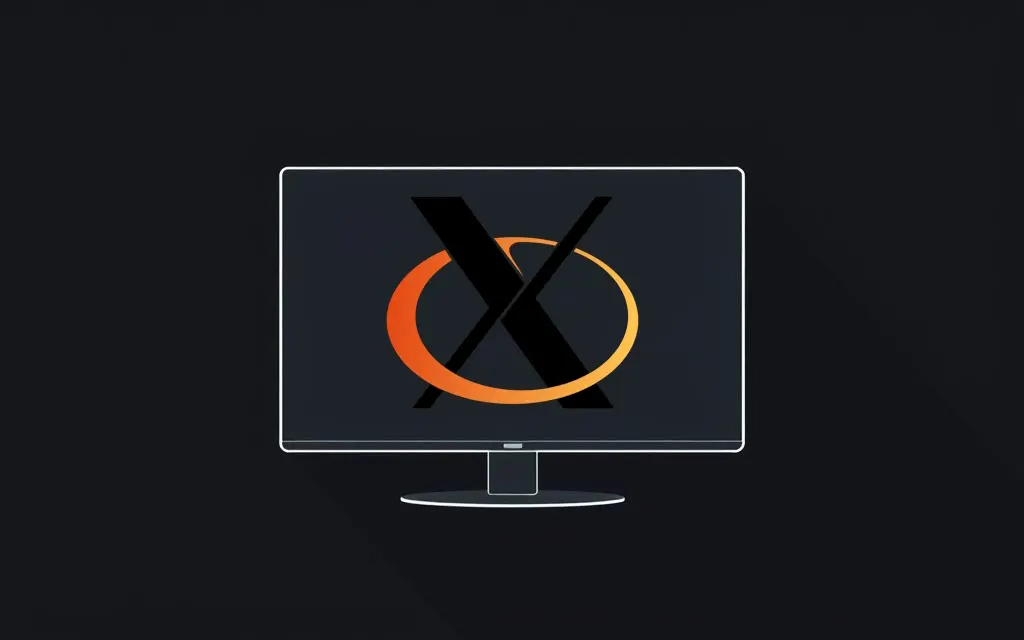Introduction: Getting Graphical with Xorg on Arch Linux
Ready to unlock the full potential of your Arch Linux setup with a graphical interface?
You’ll need a display server like Xorg to make that happen. Xorg has been the backbone of Linux graphics since the early 2000s, managing everything from rendering windows to handling your mouse clicks. It’s the bridge between your hardware and the sleek desktop environment you’ll eventually stare at for hours.
In this guide, we’ll walk through installing Xorg, setting up drivers for Intel, AMD, or Nvidia graphics, and tweaking configurations to make your system purr.
Whether you’re a minimalist aiming for a lightweight setup or prepping for a full desktop environment later, this tutorial has you covered.
Let’s dive into the world of pixels and inputs!
Installing Xorg and Graphics Drivers
First, let’s install Xorg itself. Open a terminal and run:
sudo pacman -S xorg-server xorg-xinit
This installs the core Xorg server and utilities like xinit for launching sessions. Next, identify your GPU with:
lspci | grep -e VGA -e 3D
Based on your GPU brand, install the drivers:
- Intel:
sudo pacman -S xf86-video-intel
- Nvidia:
sudo pacman -S nvidia nvidia-utils
(use nvidia-dkms if using a custom kernel)
- AMD:
sudo pacman -S xf86-video-amdgpu vulkan-radeon
These drivers ensure your GPU communicates smoothly with Xorg. Reboot to apply changes.
Configuring Xorg and Input Devices
Xorg typically auto-detects hardware, but custom configurations can optimize performance. Generate a base config file with:
Xorg -configure
This creates /root/xorg.conf.new. Test it with:
Xorg -config /root/xorg.conf.new
If the screen works, move the file to /etc/X11/xorg.conf. For input devices like touchpads, create a separate config in /etc/X11/xorg.conf.d/. For example, to enable tapping on a touchpad:
Section “InputClass”
Identifier “touchpad”
Driver “libinput”
Option “Tapping” “on”
EndSection
Save this as 30-touchpad.conf. Xorg will merge all files in this directory at startup.
Running Xorg and Validating Your Setup
To start a basic X session, run:
startx
This launches the default window manager (twm) and xterm. If you see a gray screen with a terminal, congratulations—Xorg works! To exit, close the xterm window or press Ctrl+Alt+Backspace. For a more polished setup, install a desktop environment like GNOME or a window manager like i3. But that’s a story for another tutorial.
Conclusion: Your Gateway to Graphical Bliss
You’ve just laid the foundation for a graphical environment on Arch Linux. By installing Xorg, configuring drivers for your GPU, and tweaking input settings, you’ve unlocked the door to endless customization.
Remember, Xorg is highly flexible—experiment with configurations in xorg.conf.d to fine-tune performance or add features like multi-monitor support.
In the next guide, we’ll dive into advanced topics like display scaling, DPI adjustments, and power management. Until then, enjoy your newfound graphical freedom.
Who said Arch had to stay in the terminal?

Comments are closed.